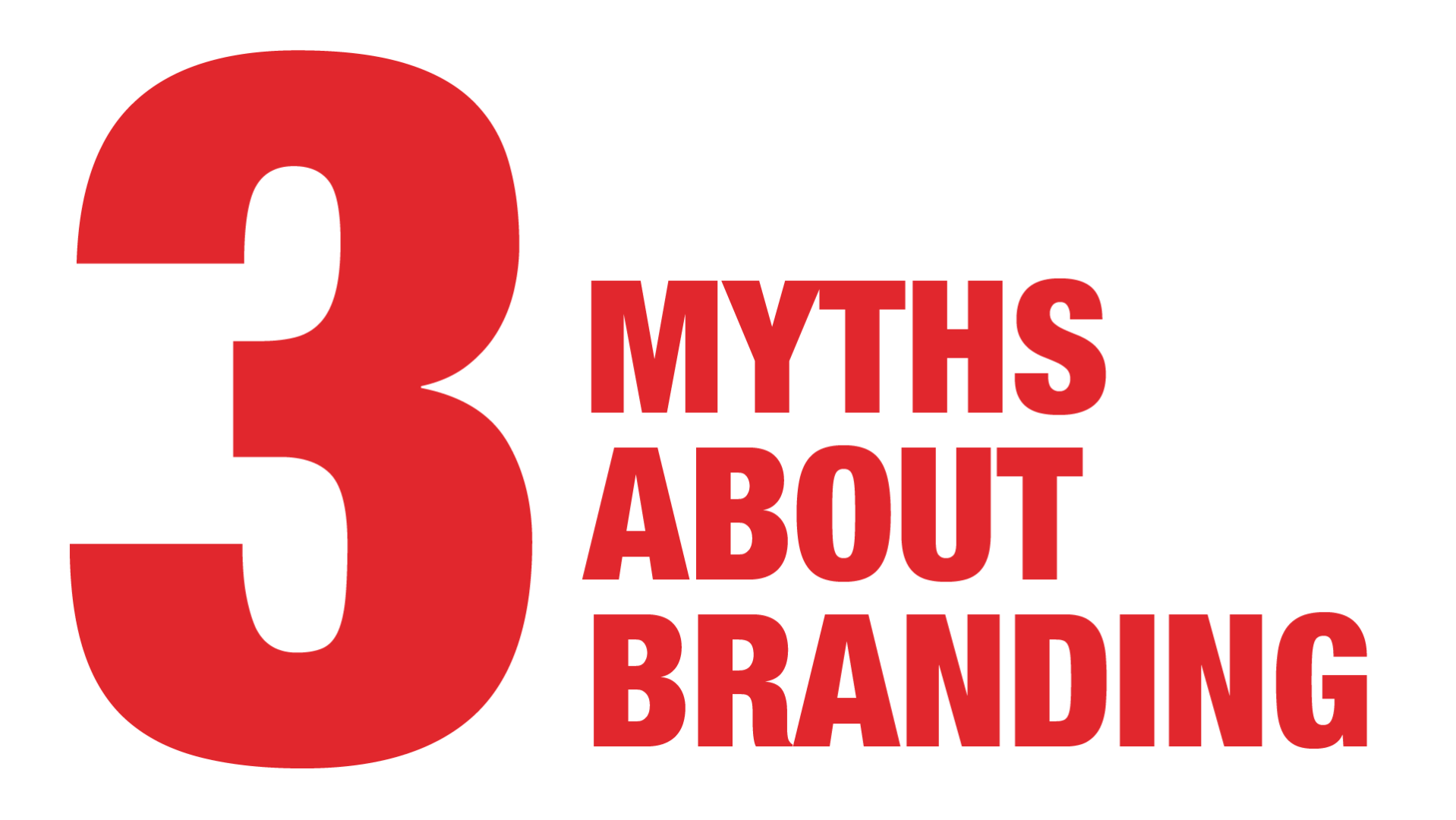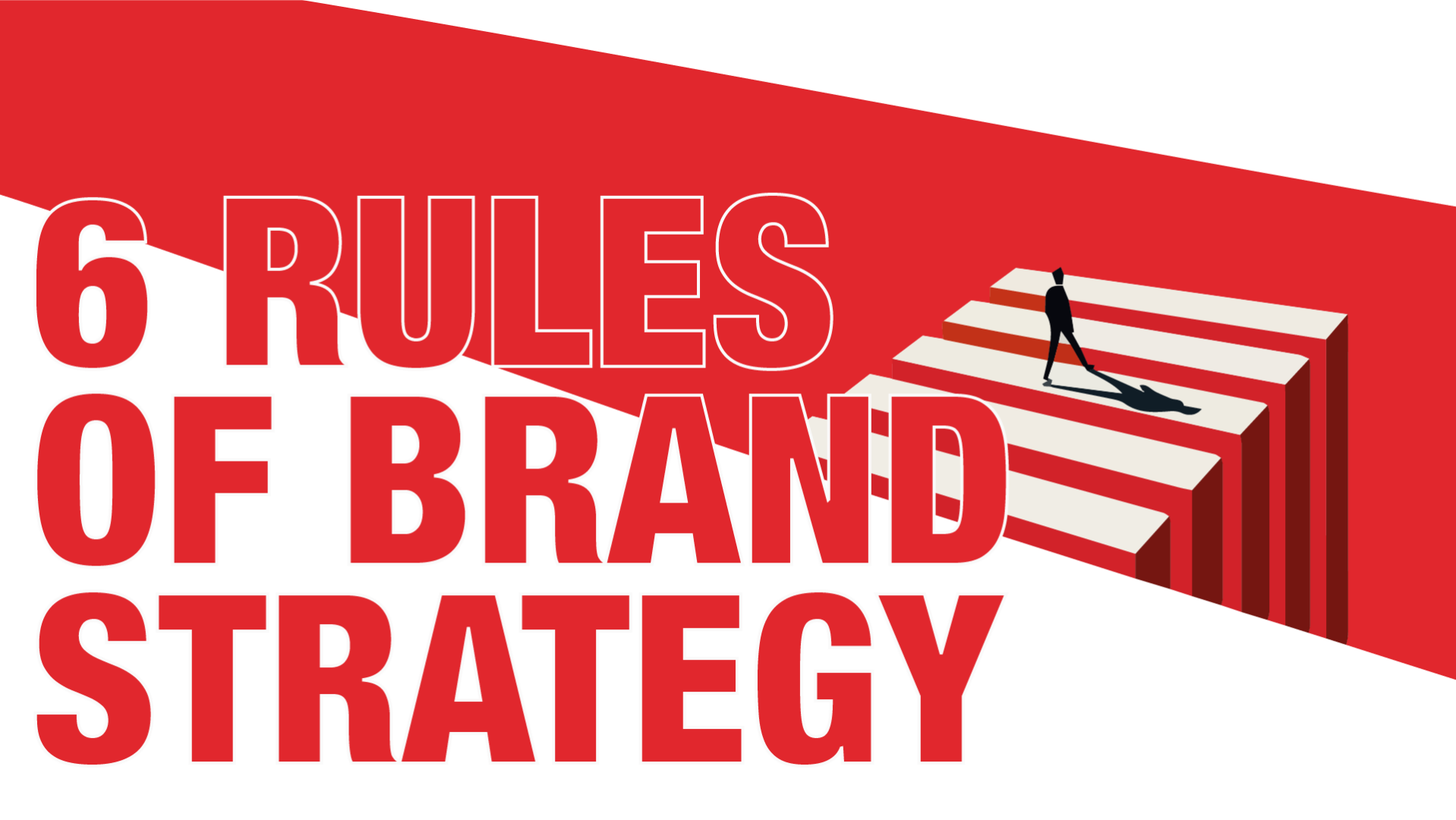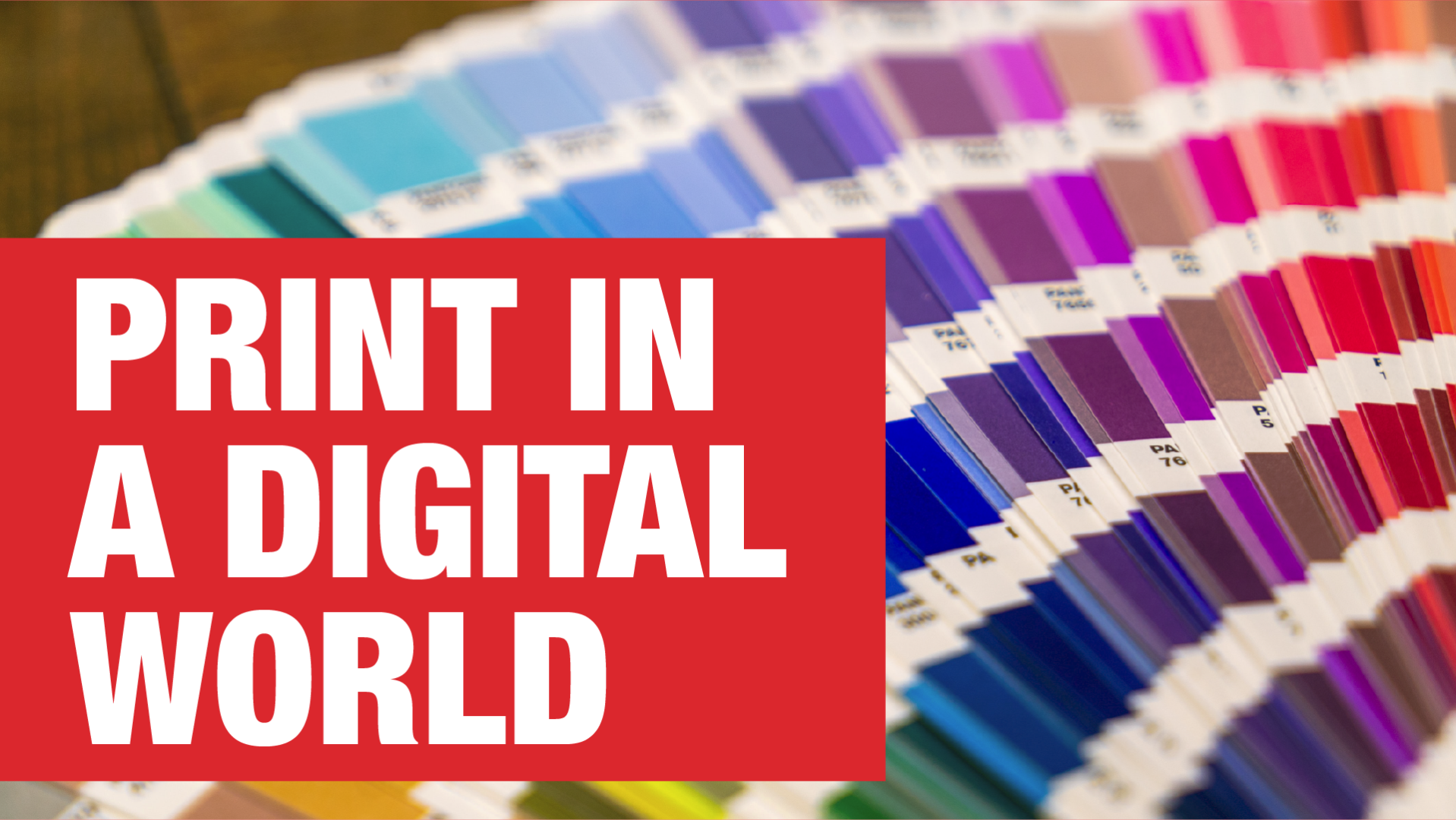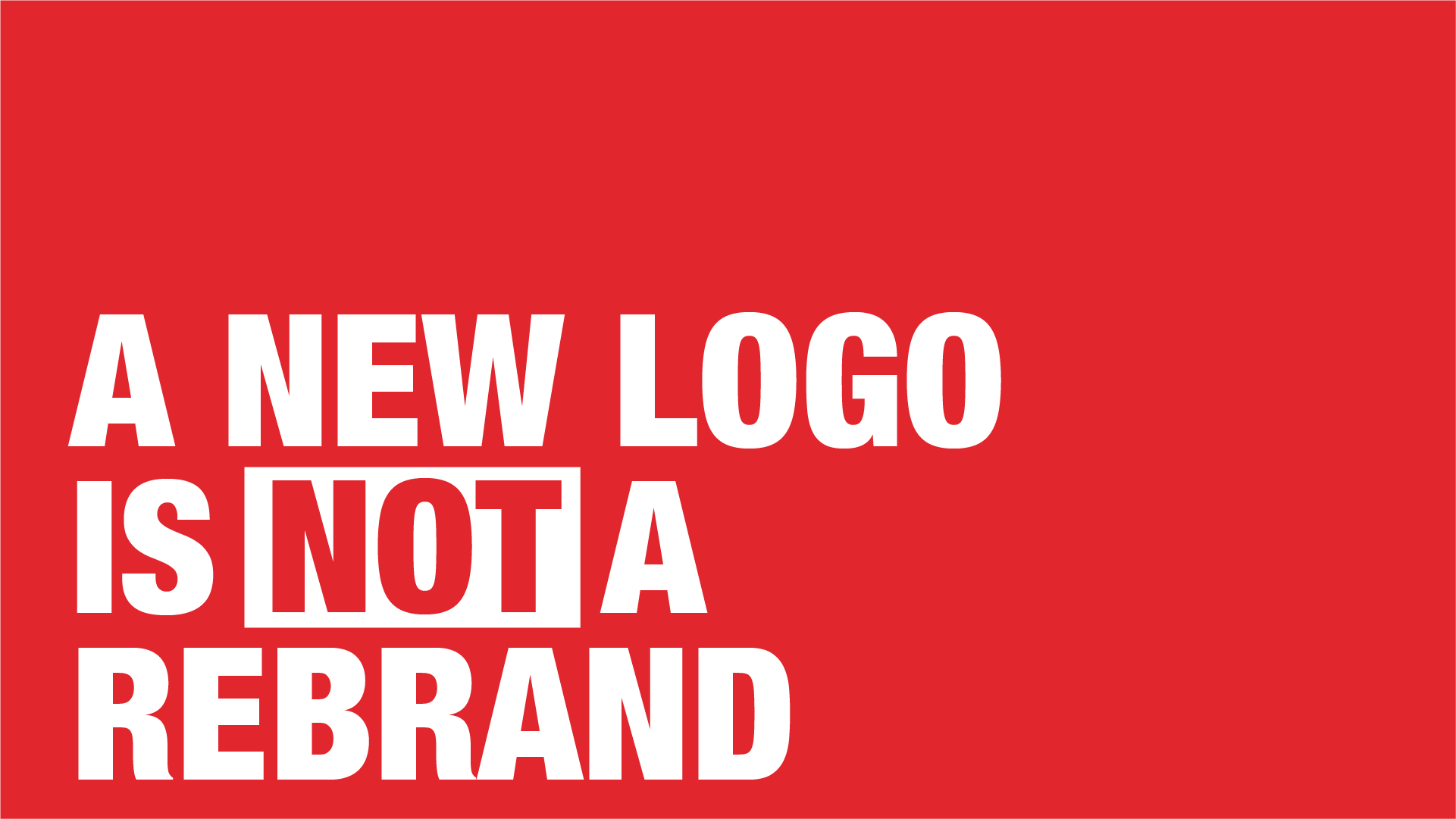When I was freelancing full-time I heard this term get thrown about. A lot. A term that some believe they know all about. That term is branding.
It’s a step that every business has to take but it may not always be clear what is meant by it and what it exactly entails. As explained in some of my other posts, a brand is how people come to know you through your business. Branding is the art and science of influencing those perceptions.
There are a lot of myths surround branding but i’ll break down a few of them so you can hopefully avoid on your journey.
1. “I just need a logo”
If you’re setting off with a business, a logo is likely the first thing that’ll cross your mind and tackle first. It’s the anchor to all business’ brand identity, it evokes feeling and says something about who you are. Often this gets misunderstood as it’s not everything about branding.
If you think about iconic brands such as Coca-Cola, Nike, Apple or Starbucks, you can probably picture their logo instantly. Think about the Coca-Cola red, its very distinct. Would you recognise a can of Coke if the word ‘Coca-Cola’ was written in another language? Yes.
Let’s take Starbucks as another example. Do you remember when the internet was circulating the “Starbucks cup in the Game of Thrones…”? It is impossible to tell from the video of any brand on the cup, but because we are accustomed seeing a Starbucks everywhere people associated the cup with a Starbucks cup, which they benefitted from greatly – $1bn dollars in free publicity!
This is the power of branding!
Good branding consists of more than just a logo. Remember to make sure you’re getting at least a basic brand identity kit which includes a logo, colour palette and fonts. This will help get the ball rolling on your brand consistency across all your communications.
These few elements that come together in your branding help people identify you, distinguish you from competitors, and remember you the next time they go looking for a product or service.
2. “They’re a good designer, they must be able to create a good brand”
Wrong! Not all designers understand how to create a brand. Check out my other post ‘Everyone thinks they’re a designer’.
You’re now starting a business venture and you know you need a brand identity. The next logical step would be to find and hire a designer. A designer that will take the time to truly understand your business and positioning, so they can effectively execute a brand identity that is unique to you and communicates what you stand for.
Taking shortcuts at this stage can be very costly when you later realise business is picking up and you need to get serious about your brand and eventually have to rebrand your business.
There are a couple things you need to look out for when you’re deciding which designer to pick:
First, their portfolio. This will be the first point of contact you will likely to encounter. Their portfolio should be an indication for you on the quality and type of work the designer does. While you’re checking their projects, try to think about what the message behind each identity could be or whether it’s just an image with text.
Another area you should check is whether his or her experience is niche. What I mean by this is if their portfolio has experience designing across different industries. This can affect your decision making too.
Second, getting to know their design process. I would argue this point as being very important in the decision tree. Get an understanding of the designer’s process. The designer must dig deep into understanding your business, values, target audience, product/service and who you are as a person! These are what makes a successful brand identity.
A talented designer will take all this information and create brand assets that don’t just look good but also elevate your business.
If the designer says it’ll take a week to complete, it’s likely to raise an eyebrow or two:
a) he or she is extremely good (send me their information too, i’d like to hire them! haha!)
b) they aren’t researching about you and your business to give you the best identity possible.
I’m putting my money on the latter.
3. “I just need visual elements to make my brand”
So far it’s just been about visual elements of branding, but there’s a lot more that goes into branding than that. Points that majority of people overlook. Everything from the tone of voice in the way you write, to the way you dress, speak and behave. We’re also in an ear where even what you use to make your product plays a role. These are the values that go into defining aspects of your brand.
To build a successful brand that can grow with your company, you should start defining your value. A statement that shows how your product/service solves customers’ problems and/or provides benefits and value, and how you’re different from competition and why people should buy from you.
If these myths has given you a different outlook about branding, take a step back and reevaluate where you and your business are right now. Does your brand convey what your business stands for? Ask people outside your friend and family circle to get better non-bias feedback.





